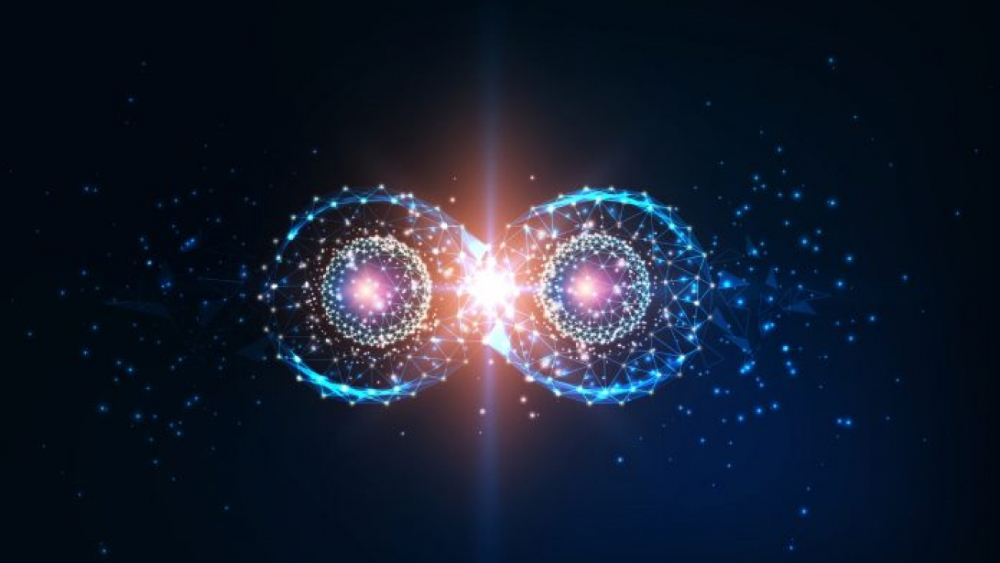Understanding the Fundamentals of Electron Collision
Electron collision is a fundamental process in physics that occurs when two or more electrons interact with each other. This process plays a crucial role in various fields such as plasma physics, particle physics, and astrophysics. Understanding the fundamentals of electron collision is essential for researchers and scientists to comprehend the behavior of electrons in different environments.
What is Electron Collision?
Electron collision is a phenomenon that occurs when two or more electrons interact with each other through electromagnetic forces. When electrons collide, they can exchange energy and momentum, leading to various outcomes such as scattering, ionization, and excitation. The collision process can be described using quantum mechanics, where the wave functions of the electrons interact with each other to determine the probability of different outcomes.
Types of Electron Collision
There are several types of electron collision, including elastic collisions, inelastic collisions, and reactive collisions. In elastic collisions, the total kinetic energy of the electrons is conserved, while in inelastic collisions, the kinetic energy is not conserved due to the exchange of energy between the electrons. Reactive collisions involve the formation of new particles or molecules as a result of the collision.
Applications of Electron Collision
Electron collision has numerous applications in various fields. In plasma physics, electron collisions play a crucial role in determining the behavior of plasma particles and the efficiency of plasma-based devices such as plasma TVs and fusion reactors. In particle physics, electron collisions are used to study the properties of subatomic particles and explore the fundamental forces of nature. In astrophysics, electron collisions are important for understanding the dynamics of stars and galaxies.
Experimental Techniques for Studying Electron Collision
Scientists use a variety of experimental techniques to study electron collision, including electron scattering experiments, electron impact ionization experiments, and electron-molecule collision experiments. These techniques involve accelerating electrons to high energies and directing them towards a target material to observe the outcomes of the collisions. By analyzing the data from these experiments, researchers can gain insights into the behavior of electrons in different environments.
Quantum Mechanical Description of Electron Collision
In quantum mechanics, electron collision is described using wave functions that represent the probability amplitudes of different outcomes. The wave functions of the electrons interact with each other through the Schrödinger equation, which governs the evolution of the system over time. By solving the Schrödinger equation for the electron collision process, researchers can predict the probabilities of different outcomes and understand the dynamics of the system.
Conclusion
Understanding the fundamentals of electron collision is essential for researchers and scientists to explore the behavior of electrons in different environments. By studying electron collision through experimental techniques and quantum mechanical descriptions, scientists can gain insights into the properties of electrons and their interactions with each other. This knowledge is crucial for advancing our understanding of fundamental physics and developing new technologies based on electron collision processes.
FAQs
What is electron collision?
Electron collision is a phenomenon that occurs when two or more electrons interact with each other through electromagnetic forces.
What are the types of electron collision?
There are several types of electron collision, including elastic collisions, inelastic collisions, and reactive collisions.
What are the applications of electron collision?
Electron collision has applications in plasma physics, particle physics, and astrophysics, among other fields.
How is electron collision studied experimentally?
Scientists use experimental techniques such as electron scattering experiments and electron impact ionization experiments to study electron collision.
How is electron collision described in quantum mechanics?
Electron collision is described using wave functions and the Schrödinger equation in quantum mechanics.










































